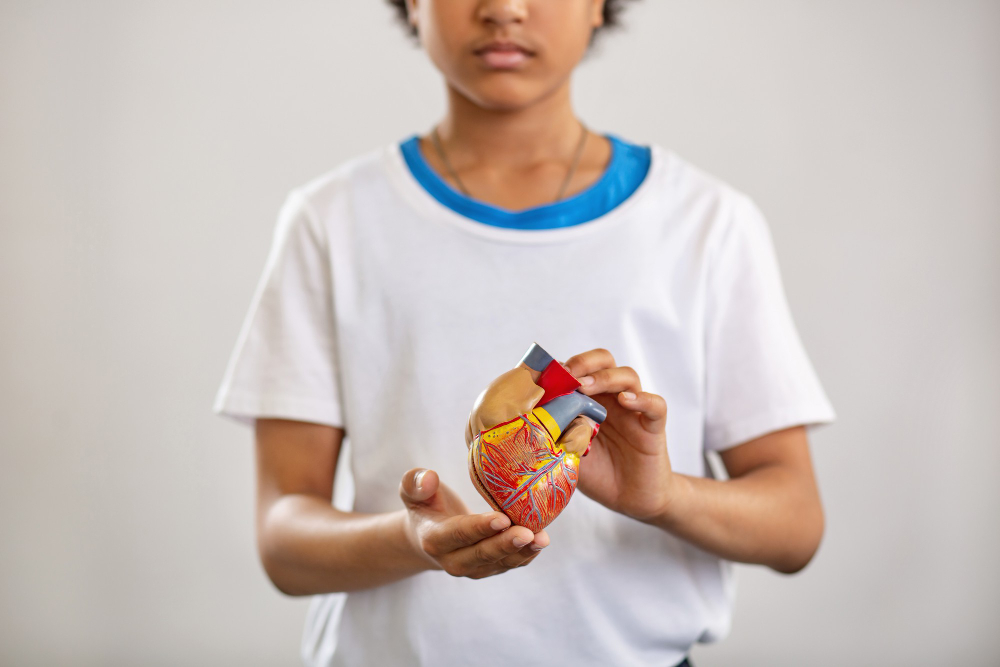An article by Erickson et al. entitled Sudden Death in the Young: Information for the Primary Care Provider (Pediatrics 2021) discusses how to potentially identify pediatric and young adult athletes who may be at risk for sudden cardiac arrest or sudden cardiac death during sports participation. The article provides primary care providers with a strategy for screening, evaluation, and management of risk of sudden cardiac arrest and sudden cardiac death in the young.
In order to address sudden cardiac arrest or sudden cardiac death and its prevention, the AAP recommends a screening approach using these 4 modified questions, addressed every 2-3 years regardless if a child is an athlete participating in organized sports or not.
The modified screening questions provided by the American Academy of Pediatrics include:
1. Have you ever fainted, passed out, or had an unexplained seizure suddenly and without warning, especially during exercise or in response to sudden loud noises, such as doorbells, alarm clocks, and ringing telephones?
2. Have you ever had exercise-related chest pain or shortness of breath?
3. Has anyone in your immediate family (parents, grandparents, siblings) or other, more distant relatives (aunts, uncles, cousins) died of heart problems or had an unexpected sudden death before age 50? This would include unexpected drownings, unexplained auto crashes in which the relative was driving, or SIDS.
4. Are you related to anyone with HCM or hypertrophic obstructive cardiomyopathy, Marfan syndrome, Arrhythmogenic right ventricular cardiomyopathy, Long QT syndrome, Short QT syndrome, Brugada syndrome, or CPVT (catecholaminergic polymorphic ventricular tachycardia) or anyone younger than 50 years with a pacemaker or implantable defibrillator?
A positive response from the 4 questions above or an abnormal ECG should alert the primary care provider to investigate further, which may include referral to a pediatric cardiologist or pediatric electrophysiologist. It is recommended that a child with a positive response to these questions be held from further athletic participation until the cardiovascular evaluation is completed.
I hope you are able to incorporate these questions into your regular clinical care.
Hope this helps!
Best regards,
Eyal ben-Isaac, MD, Children’s Hospital Los Angeles



